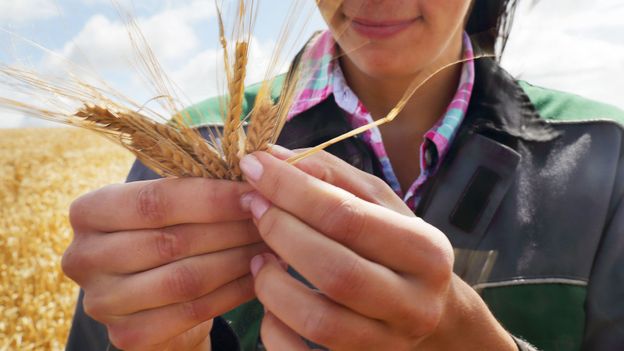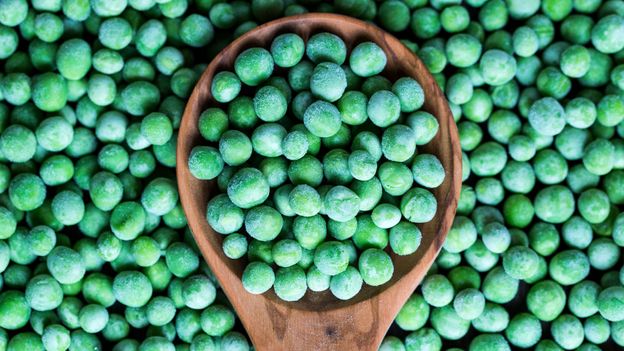
What makes food regenerative?
SalonAny day now, if you haven't already, you'll hear the word "regenerative" in relation to food or farming. Regenerative agriculture — agriculture that puts soil health at the forefront — is not a new practice, but it's hitting the mainstream thanks to worries about climate change and a push to sequester carbon wherever we can. But that's not all there is to regenerative either: a focus on creating complete on-farm ecosystems means that regenerative systems could produce food while using far fewer synthetic pesticides and fertilizers. Some worry that companies might cherry pick certain emissions-friendly practices and then use the regenerative label without doing anything for soil health, while others fear that regenerative grazing of animals is a unhelpful distraction from the urgent mission of getting people to eat fewer animal products, period. For this episode of What You're Eating, we turn to trusted advisors and frequent podcast guests, scientist Dr. Urvashi Rangan and policy expert Patty Lovera, to talk us through some of those criticisms and concerns, explain the benefits of regenerative agriculture and help figure out when it's being used as a buzzword, and when you can trust it's the real deal.
History of this topic

Bayer's Regenerative Farming: A Paradigm Shift for Sustainable Agriculture in China
China Daily_1641203676429_1641203707750.jpg)
How regenerative farmers are rewilding their land
Live Mint
The regenerative revolution in food
BBC
The Soil Revolution That Could Save Farming And The Climate
Huff PostDiscover Related















)


)